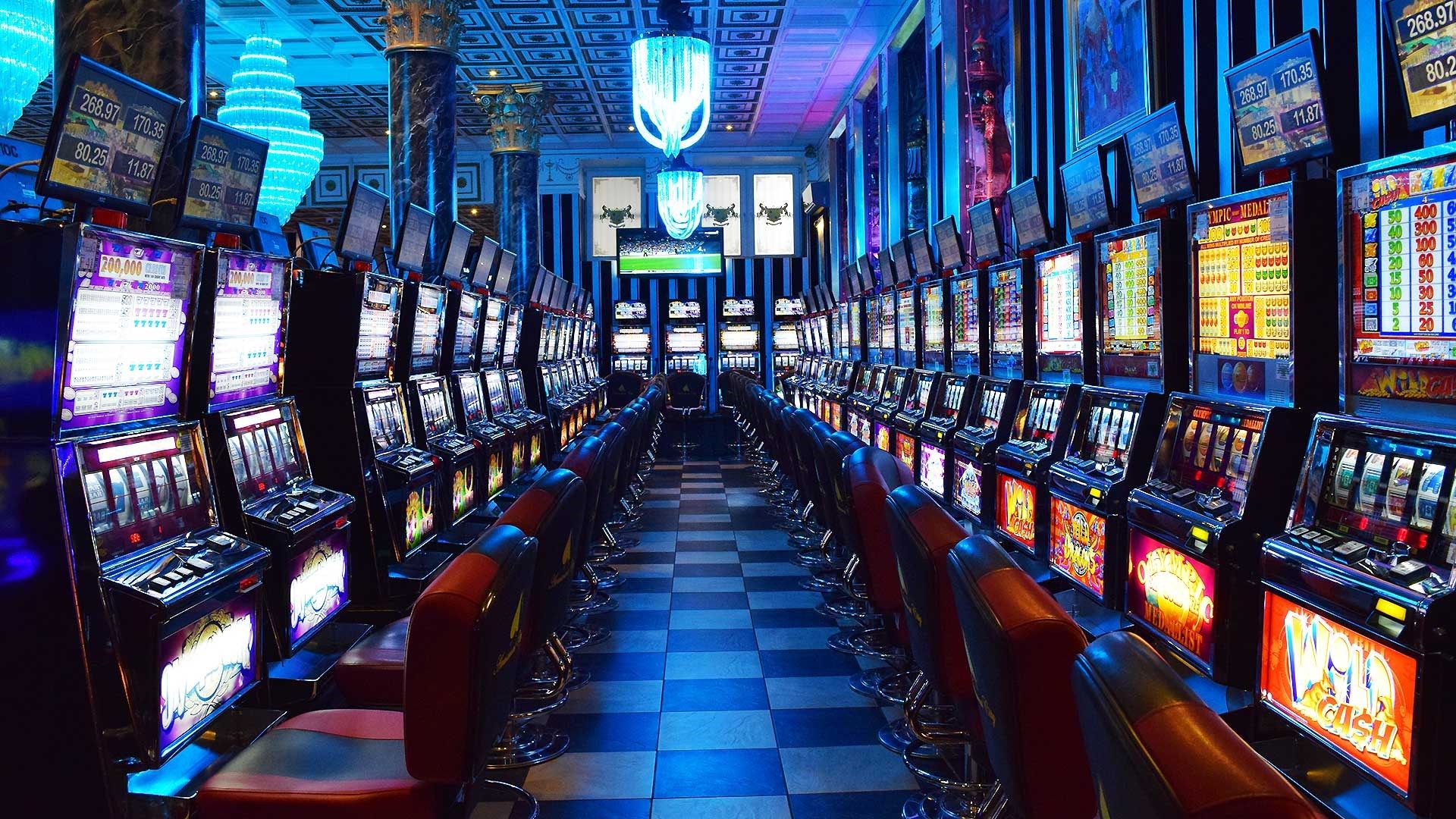Behind these glittering lights plus those alluring noises of rotating reels lies a dynamic world in which creativity meets numbers: the making of casino games. While players converge to gaming establishments seeking excitement and the chance of striking it rich big, a huge amount of work takes place behind closed doors to create these games for their enjoyment. From the initial concept to the ultimate product that players interact with, numerous elements come together to ensure a captivating play experience.

Creators, technicians, and game developers work together to combine cutting-edge technology with engaging gameplay features. Each aspect, from graphics plus sound effects to probabilities plus returns, is meticulously crafted to draw in players and keep them entertained. Understanding this complex process of how casino games are made reveals not only the technical skills required but also the creative vision that brings these engaging experiences to life. U888
Casino Game Development Workflow
The design process starts with brainstorming and concept development, where creators develop ideas for innovative casino games. This initial phase typically includes pinpointing target audiences and analyzing market trends. Designers take into account elements such as game mechanics, themes, and payout structures to develop an immersive experience. Collaboration between game designers, mathematicians, and artists is crucial to guarantee a balanced concept.
Once a design is selected, the next stage involves prototyping and testing. Designers create a functional version of the game to assess its playability and mechanics. This allows for adjustments and refinements based on feedback from testers. Reiteration is key, as designers may go through multiple rounds of testing to fine-tune gameplay balance and user experience. This phase is crucial for spotting any possible issues before the game goes into production.
After testing, the game moves into development and production. This includes the technical aspects of coding the game software, integrating graphics, and ensuring compliance with gaming regulations. Quality assurance testing verifies that the game functions seamlessly across different platforms and devices. Once everything is refined, the game is prepared for launch, usually accompanied by marketing strategies to draw in players and generate excitement around the new casino offering.
Technology and Development
The development of casino games has transformed significantly with progress in technology. Contemporary game design often features premium graphics, engaging sound effects, and dynamic animations that create a compelling experience for players. Game developers use complex software tools and programming languages to develop these immersive gaming experiences. Additionally, the use of random number generators ensures equity and unpredictability in outcomes, which is important for ensuring player trust and compliance with gaming regulations.
In recent years, the rise of online casinos has pushed the limits of game development even further. Developers are now able to build games that appeal to a worldwide audience, integrating features such as live dealer options and virtual reality environments. This shift has encouraged innovation, leading to unique game mechanics and formats that enhance player engagement. Mobile gaming has also become a key focus, encouraging developers to optimize games for mobile phones and tablets, ensuring accessibility and convenience for players on the go.
Cooperation among designers, visual artists, and math experts is crucial in the creation process. Each team contributes their expertise to make sure games are not only aesthetically pleasing but also statistically accurate and enjoyable. The integration of player feedback during testing phases allows developers to enhance game features and functionalities, ultimately leading to a successful launch. As technology continues to advance, the potential for new game concepts and experiences is limitless, promising an exciting future for casino games.
Testing and Quality Control
Once a slot has been created, it moves into the critical phase of evaluation and quality control. This phase ensures that the game operates perfectly and provides a balanced experience for players. Teams conduct comprehensive tests, including operational checks to confirm that all game features work as intended. Each element, from graphics to sound effects, is assessed to ensure high standards are met.
In addition to operational testing, the game experiences rigorous compliance checks to meet regulatory requirements. Multiple jurisdictions have specific rules governing game fairness and player protection. Quality assurance teams will confirm that the random number generators are operating correctly and that the game’s payout percentages align with industry standards. This thorough examination helps establish trust with players and authorities alike.
Finally, pre-launch testing may be conducted with genuine players to collect opinions on user experience. This critical insight allows developers to make necessary adjustments before the public launch. Tackling any possible issues recognized during this phase helps ensure that gamblers will experience a fluent, engaging experience when the game goes live. The commitment to excellence reflects the sector’s dedication to delivering enjoyable and dependable casino games.